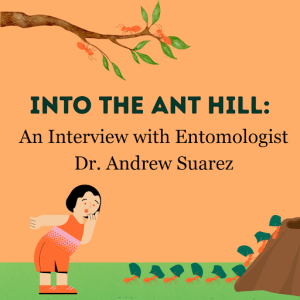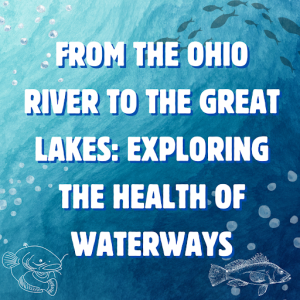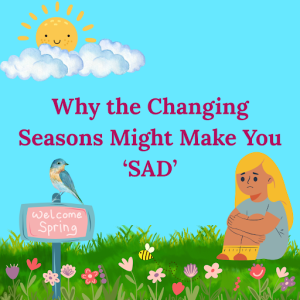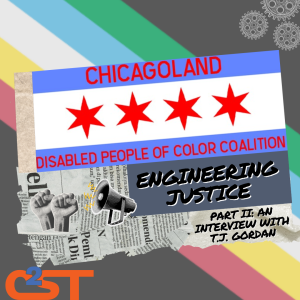The Power of Primary Care Physicians: A Discussion on Advocacy with Dr. Scott-Wellington
By Rowan Dunbar, C2ST Intern, University of Illinois Chicago
With reports projecting a shortage of over eighty-seven thousand full-time primary care physicians (PCPs) by 2037, there has never been a better time to highlight the importance of primary care. Research has shown that patients with better access to primary care live longer, healthier lives. To learn more about the critical roles PCPs play in people’s health, specifically adolescents, I spoke with Dr. Felicia Scott-Wellington, a proud Chicagoan, adolescent medicine physician, and advocate for her patients. We discussed her path to adolescent medicine, why this field is unique, and how marginalization impacts her patients.





